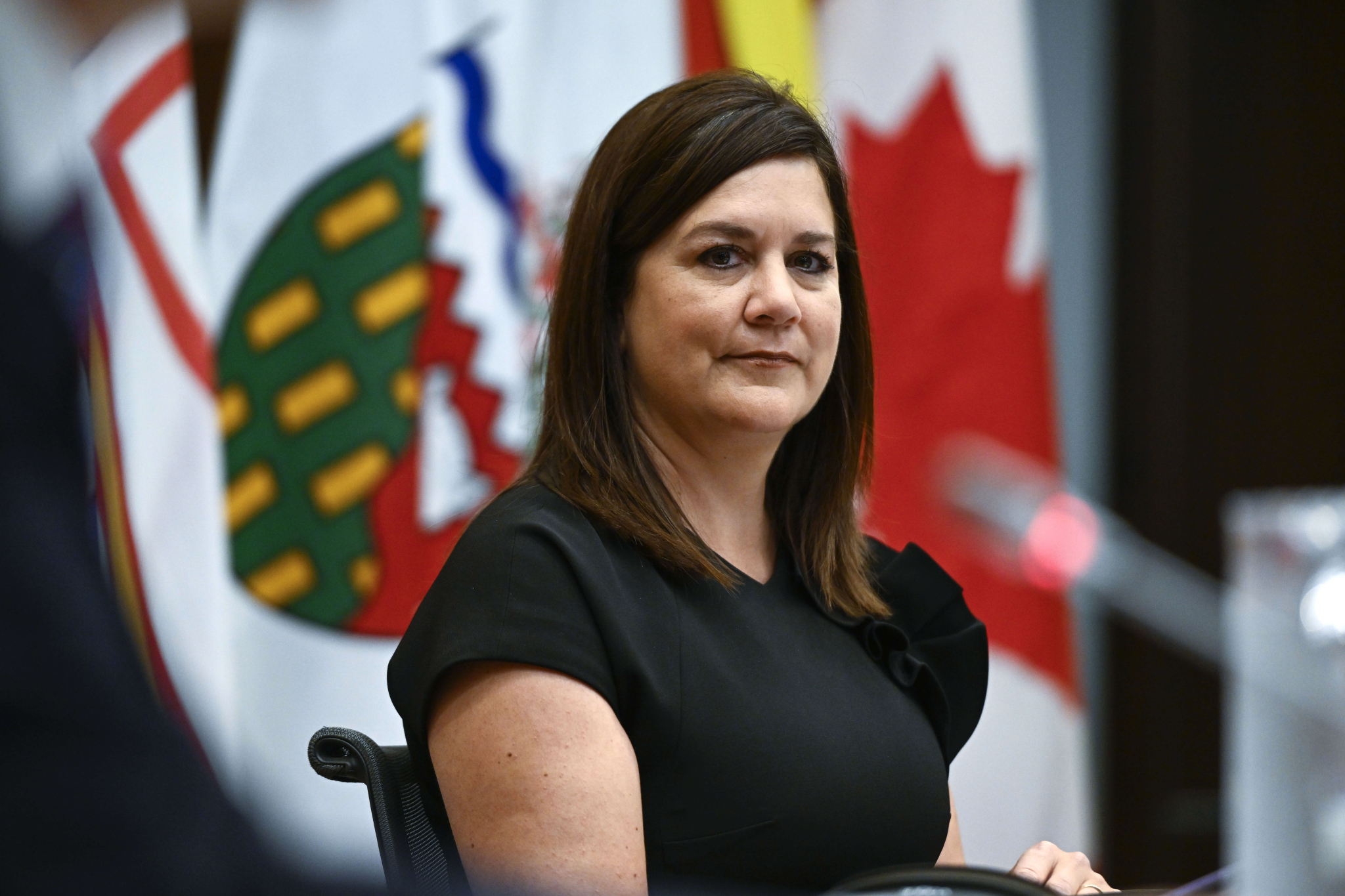As the first Indigenous jurist appointed to Canada’s Supreme Court, Michelle O’Bonsawin’s name will always have a special place in our history. But if you’re like the vast majority of Canadians, you won’t remember it in a year’s time, much less those of her eight colleagues. Don’t feel bad about it, though. Here, for once, ignorance really is bliss.
In the United States, after all, Supreme Court justices are household names, and their political affiliations are obvious and all-encompassing. Even before hearing the facts of a given case, most court watchers can accurately predict how each judge will rule based on the name of the president that put them there in the first place. Theirs is less a high court than a genteel extension of the partisan conflict that defines Congress and the White House — one that is able to overturn laws and upend rights in ways some members of Congress could only dream of doing.
That’s exactly what it’s been doing lately. Take, for example, the ruling that overturned Roe v. Wade or the decision in West Virginia v. EPA that kneecapped the Environmental Protection Agency’s ability to tackle climate change through regulatory measures. The Roe v. Wade decision was particularly jarring for many Americans, given that appointees Neil Gorsuch and Brett Kavanaugh, both appointed by Donald Trump, told senators during their confirmation hearings that they wouldn’t vote to overturn that landmark case. Now, Democrats are faced with a series of unpalatable choices that range from impeaching those two justices to packing the court in order to dilute their votes — that is, if they can ever win enough Senate seats to actually do it.
Supreme Court seats have become so hotly contested, and so overtly partisan, they are now the biggest prize in American politics. In some respects, the ability to appoint a new justice is more important than controlling the White House, since they sit for much longer than four years and have no term limits on their tenure. Justice Amy Coney Barrett was just 48 when she was appointed in 2020 by Trump to fill Ruth Bader Ginsburg’s spot, and she could theoretically hold her seat on the bench for three or four decades.
This wasn’t always the case. When Ginsburg was appointed to the bench in 1993, she was confirmed by a vote of 96-3 — and there was nowhere near 93 Democrats in the Senate. But in the ensuing three decades, and especially under former president Barack Obama, that sort of outcome was replaced by rank and reflexive partisanship. “The way it was, was right,” Ginsburg said during a 2018 event at the George Washington University Law School. “The way it is, is wrong.”
Mercifully, the appointment and confirmation process for Canada’s Supreme Court remains much more boring, especially after the changes introduced in 2016. An independent and non-partisan advisory board made up of eminent lawyers and judges drafts a list of prospective candidates, who “are jurists of the highest caliber, are functionally bilingual, and are representative of the diversity of Canada,” and then submits a short list for the prime minister to choose from.
As Adam Goldenberg, a partner at McCarthy Tétrault (and former speechwriter for former Liberal leader Michael Ignatieff), noted in a recent tweet, “Prime Minister Justin Trudeau will soon have nominated five of the nine judges on the Supreme Court of Canada. Not long ago, seven of the nine had been nominated by his Conservative predecessor. How nice it is to live in a country where this isn’t terribly exciting either way.”
Indeed, Justice Richard Wagner, who now serves as chief justice, was first appointed to the court by Stephen Harper before being tapped in 2017 by Justin Trudeau to replace former chief justice Beverley McLachlin. Wagner has ruled alongside Liberal-appointed justices on some cases, like decisions that struck down Canada’s prostitution laws and its prohibition on assisted death, and alongside Conservative-appointed colleagues in others. His opinions align with the proper application of the law as he sees it, not partisan interests that might be at play.
If he was an American Supreme Court justice, it’s almost impossible to imagine him ruling in favour of the constitutionality of Canada’s carbon tax regime, which remains Harper’s bête noire to this day. But thankfully, in Canada, our Supreme Court actually decides cases on the basis of the law, not politics.
Ensuring it stays that way is a hill worth dying on for anyone who cares about the future of our democracy. There could well be a battle there in short order, too, if Pierre Poilievre ends up at 24 Sussex one day. It’s not hard to imagine him taking his war against “gatekeepers” to the Supreme Court and trying to infuse it with the same sort of partisanship that now defines American jurisprudence. After his relentless and ill-informed attacks on the Bank of Canada, another institution that was long thought to be beyond the realm of partisan politics in Canada, anything is possible.
Another nail on the head Max.
Another nail on the head Max. Civility has disappeared as Kenneyism and Pollievreism takes over.. Pollievre is using Ronald Reagan's approach to government, institutions and systems. THEY'RE all bad. We can only hope Pollievre will implode.
Which is why not even Harper
Which is why not even Harper could get his appointees to do his bidding...they may have been dyed in the wool conservatives, but once on the bench, they read the law.
Let's keep it that way. The term 'activist judges' is a right wing dog whistle and deserves to be outed. Judges read the law.....they also revise it. In that sense, they act..........but as long as they read the law.........we've little to fear a retrogressive destruction of the law, such as we're seeing in the United States.






Comments